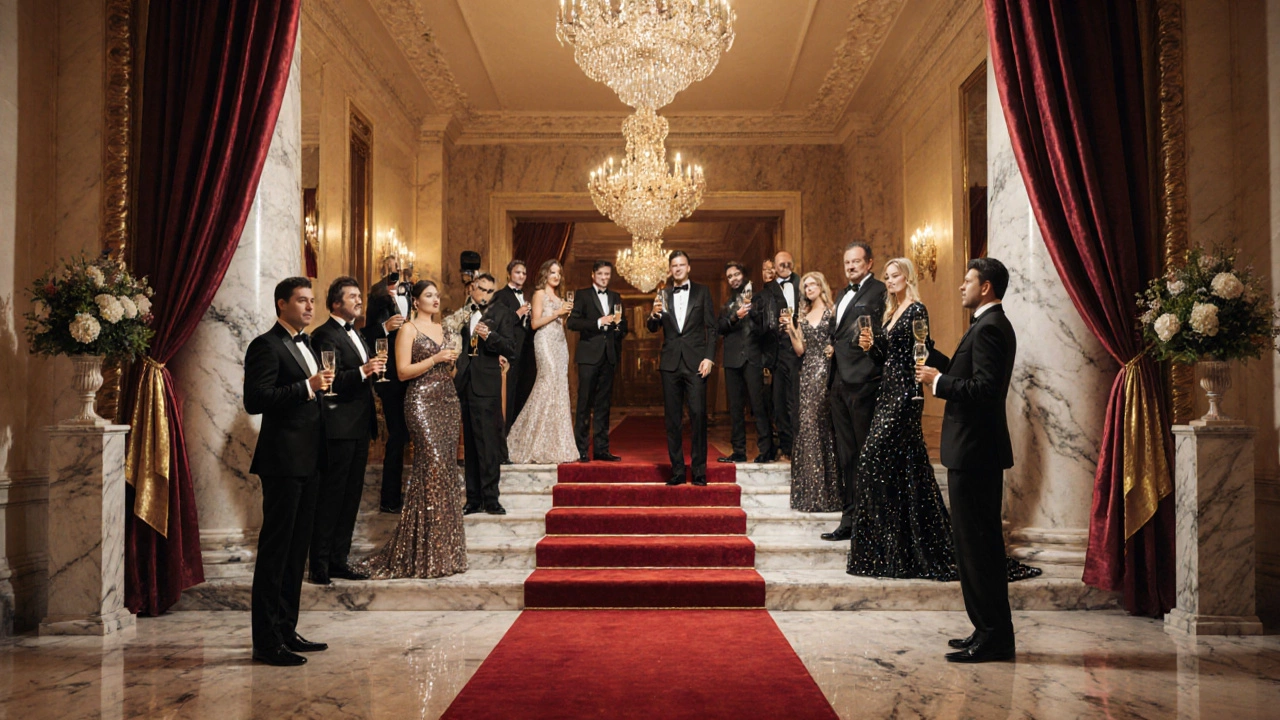Charity Gala Activities: What Works, What Doesn’t, and How to Make Them Matter
When you think of charity gala activities, formal fundraising events designed to raise money and awareness for a cause. Also known as fundraising galas, these events bring together donors, volunteers, and community leaders for an evening of connection and giving. But not all galas succeed. Some raise thousands. Others barely cover the cost of the catered hors d’oeuvres. The difference isn’t just the venue or the guest list—it’s how well the event connects with people’s desire to make a real impact.
Successful fundraising events, structured gatherings aimed at generating financial support for nonprofit causes don’t rely on fancy decor or celebrity appearances alone. They focus on storytelling, clear goals, and simple ways for guests to get involved. A silent auction isn’t just about bidding on a weekend getaway—it’s about showing how that getaway was donated by a local business that believes in your mission. A raffle isn’t random luck—it’s a chance for someone to feel like they’re directly helping a child get meals or a family get shelter.
Many nonprofits skip the hard part: explaining exactly what their money will do. If you tell guests, "Your $100 buys a week of meals for a homeless teen," they remember that. If you say, "Your donation supports our mission," they forget it by the time they get to their car. The best donor engagement, strategies that build lasting relationships between nonprofits and their supporters aren’t about asking for more—they’re about showing how much already matters.
And let’s be real: people don’t go to galas just to give money. They go to feel part of something. To meet others who care. To be inspired. That’s why the best events mix heart with action. A live testimonial from someone helped by your work hits harder than a 10-minute speech from the executive director. A quick video showing kids eating dinner because of last year’s gala? That’s worth a thousand slide decks.
What’s missing from most galas? Follow-up. Too many organizations treat the event like a one-night stand. They send a thank-you email and then disappear until next year. But donors who feel seen—like their name was called out, their gift was shown in action, their story was heard—are the ones who come back. And they bring friends.
Some galas fail because they’re too big. Others fail because they’re too small. The sweet spot? Intimate enough to feel personal, big enough to create energy. A dinner for 100 with real conversations beats a ballroom of 500 where no one talks to anyone. And don’t forget the volunteers. The people serving food, managing the auction, greeting guests—they’re the ones who make guests feel welcome. Treat them like heroes, not hired help.
And here’s the truth: you don’t need a billionaire to make a gala work. You need people who believe in your cause. One hundred donors giving $500 each is better than one donor giving $50,000 if those hundred feel connected. That’s the real power of charity gala activities—they turn passive supporters into active partners.
Below, you’ll find real examples of what’s working—how others turned a simple dinner into a movement, how some avoided common pitfalls, and what actually gets people to open their wallets. No fluff. No hype. Just what matters.
What Happens at a Charity Gala? Activities, Etiquette & Fundraising Tips
Discover what really happens at a charity gala, from dinner and live auctions to etiquette and fundraising tactics, plus tips for volunteers and planners.
Read More